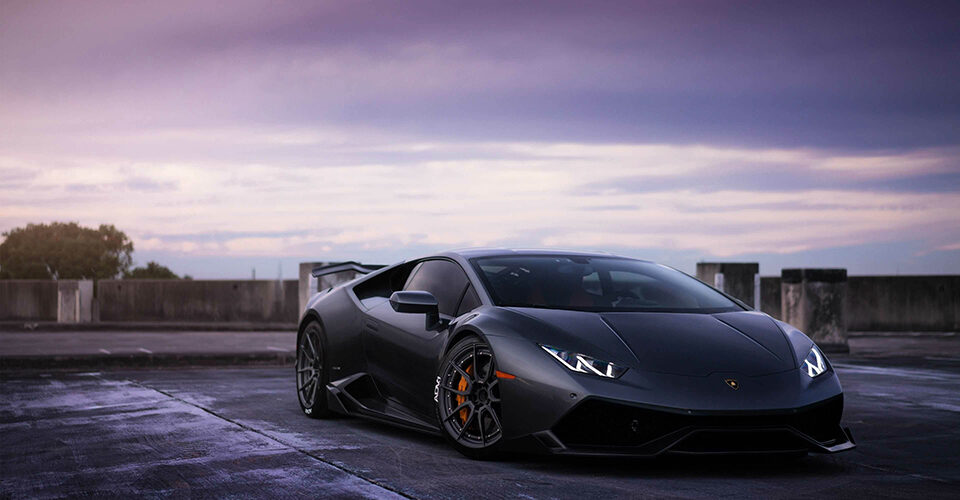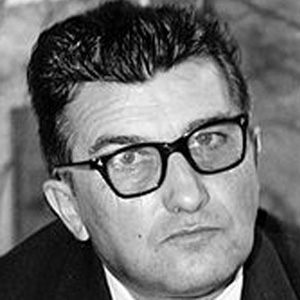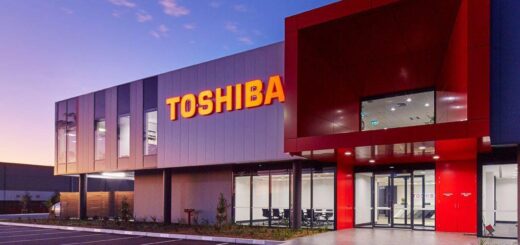Lamborghini – Legacy of Speed, Luxury, and Innovation

Ferruccio Lamborghini (1916–1993), an Italian manufacturing magnate, founded Automobili Ferruccio Lamborghini S.p.A. in 1963 to compete with Ferrari. The company was noted for using a rear mid-engine, rear-wheel drive layout. Lamborghini grew rapidly during its first decade, but sales plunged in the wake of the 1973 worldwide financial downturn and the oil crisis. The firm’s ownership changed three times after 1973, including a bankruptcy in 1978. American Chrysler Corporation took control of Lamborghini in 1987 and sold it to Malaysian investment group Mycom Setdco and Indonesian group V’Power Corporation in 1994. In 1998, Mycom Setdco and V’Power sold Lamborghini to the Volkswagen Group where it was placed under the control of the group’s Audi division.
Lamborghini, a name synonymous with luxury, performance, and Italian flair, has left an indelible mark on the automotive industry since its inception in 1963. Founded by Ferruccio Lamborghini, a visionary entrepreneur and tractor manufacturer, the brand has consistently pushed the boundaries of automotive engineering, delivering some of the most iconic and sought-after supercars in the world.
Founder of Lamborghini

- Ferruccio Lamborghini
Origins and Evolution
Ferruccio Lamborghini’s foray into automobile manufacturing stemmed from his dissatisfaction with the performance of his personal cars. Determined to create a vehicle that could rival the likes of Ferrari, Lamborghini established Automobili Lamborghini in Sant’Agata Bolognese, Italy. The company’s first production car, the Lamborghini 350 GT, debuted in 1964, showcasing a blend of sleek design and powerful performance.
Over the decades, Lamborghini has continued to innovate, introducing groundbreaking technologies and design concepts. From the iconic Miura, which pioneered the mid-engine layout, to the legendary Countach, with its futuristic styling and scissor doors, Lamborghini has consistently set new benchmarks in automotive design and performance.
Structure
As of 2011, Lamborghini is structured as a wholly-owned subsidiary of Audi AG named Automobili Lamborghini S.p.A. Automobili Lamborghini S.p.A. controls five principal subsidiaries: Ducati Motor Holding S.p.A., a manufacturer of motorcycles; Italdesign Giugiaro S.p.A., a design and prototyping firm that provides services to the entire Volkswagen Group; MML S.p.A. (Motori Marini Lamborghini), a manufacturer of marine engine blocks; and Volkswagen Group Italia S.p.A. (formerly Autogerma S.p.A.), which sells Audi and other Volkswagen Group vehicles in Italy.
The Lamborghini headquarters and main production site is located in Sant’Agata Bolognese, Italy. With the launch of its Urus SUV, the production site expanded from 80,000 m2 (8.0 ha) to 160,000 m2 (16 ha). On 13 November 2020, Stephan Winkelmann, current President of Bugatti, was appointed to be the new CEO of Lamborghini. He takes up his new position as of 1 December 2020.
Engineering Marvels
At the heart of every Lamborghini lies a potent combination of cutting-edge engineering and raw power. The brand’s lineup boasts a range of powerful engines, from the V12 beasts found in models like the Aventador and the iconic Diablo, to the more recent V10 powerhouses featured in the Huracán series.
In addition to their formidable engines, Lamborghinis are renowned for their advanced aerodynamics, lightweight construction, and precision handling. Utilizing materials like carbon fiber and aluminum, Lamborghini engineers strive to optimize performance while maintaining the brand’s signature style and luxury.
Iconic Models
Lamborghini’s illustrious lineup includes some of the most iconic and revered supercars in automotive history. Here are just a few highlights:
- Miura: Widely regarded as the world’s first supercar, the Miura stunned enthusiasts with its mid-engine layout, sleek styling, and blistering performance.
- Countach: With its angular design, scissor doors, and powerful V12 engine, the Countach captured the imagination of a generation and became an instant classic.
- Diablo: Named after the fearsome Spanish fighting bull, the Diablo epitomized the excess and power of the 1990s supercar era, delivering uncompromising performance and jaw-dropping design.
- Aventador: The Aventador continues Lamborghini’s tradition of pushing the boundaries of performance and design, featuring a thunderous V12 engine, advanced aerodynamics, and cutting-edge technology.
- Huracán: As the successor to the iconic Gallardo, the Huracán embodies the perfect balance of power and agility, with a lightweight chassis, responsive handling, and a potent V10 engine. Beyond Supercars
While Lamborghini is best known for its high-performance supercars, the brand has also ventured into new territory with models like the Urus SUV. Combining Lamborghini’s signature style and performance with the versatility and practicality of an SUV, the Urus represents a bold step forward for the brand and has quickly become one of the best-selling models in Lamborghini’s history.
Sales Result
By sales, the most important markets in 2004 for Lamborghini’s sports cars were the U.S. (41%), Germany (13%), Great Britain (9%) and Japan (8%).
Lamborghini ownership

Conclusion
For nearly six decades, Lamborghini has captivated enthusiasts and collectors alike with its uncompromising dedication to performance, luxury, and innovation. From the race track to the open road, Lamborghini’s iconic supercars continue to push the boundaries of automotive excellence, cementing the brand’s status as a true icon of the automotive world. As the legacy of Ferruccio Lamborghini lives on, the future promises even greater feats of engineering and design from this legendary Italian marque.








